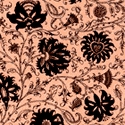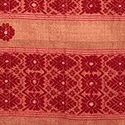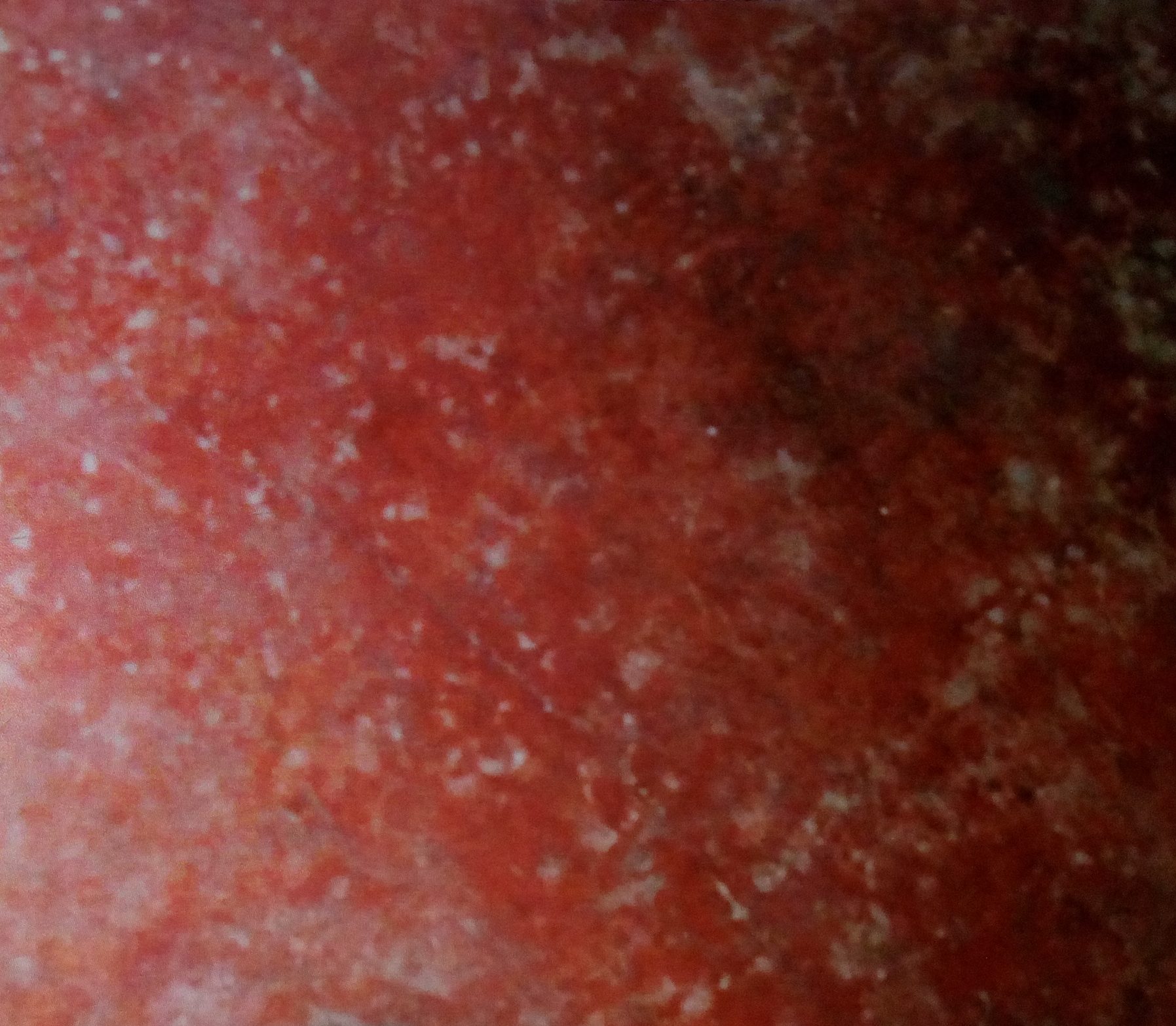Kalamkari is the earliest and more complex techniques of block-printing on cloth using vegetable dyes. This flourished at Masulipatnam in Andhra Pradesh. The origin of the word kalamkari is from kalam or pen and kari or work. The kalamkari done here is a mixture of painting and hand-printing. This craft was started in the old city of Golconda after which it spread along the eastern coast up to Tamil Nadu. Originally known as Coromandel chintz, the textiles produced here are famous the world over.
The process followed is complex and intricate, and the blocks used are made by specialist artisans. These blocks have very detailed and elaborate designs carved on them. The fastness of the colours is ensured by washing, bleaching, and sunning. Mordants like alum are used to fix the colours onto the cloth. Wax is used as the resist agent when a combination of colours are used to embellish different parts of the design. The wax-resist is hand-printed on to the fabric with a kalam or pen made of an iron loop attached to a bamboo stick. This step is done before the application of indigo. After the wax is removed by boiling, other colours are applied. The detailed colouring is done with a brush. Running water is used for washing and the process takes several days, weeks, or months depending on the length of the cotton cloth.
This craft reached its zenith during British rule and was also in high demand as dress and furnishing material in Europe and Southeast Asia. The motifs used were floral and animal designs. The Persian influence on the designs is visible: ornamental birds, flowers, creepers, and mehrabs or archways found chiefly in Mughal architecture are common.



